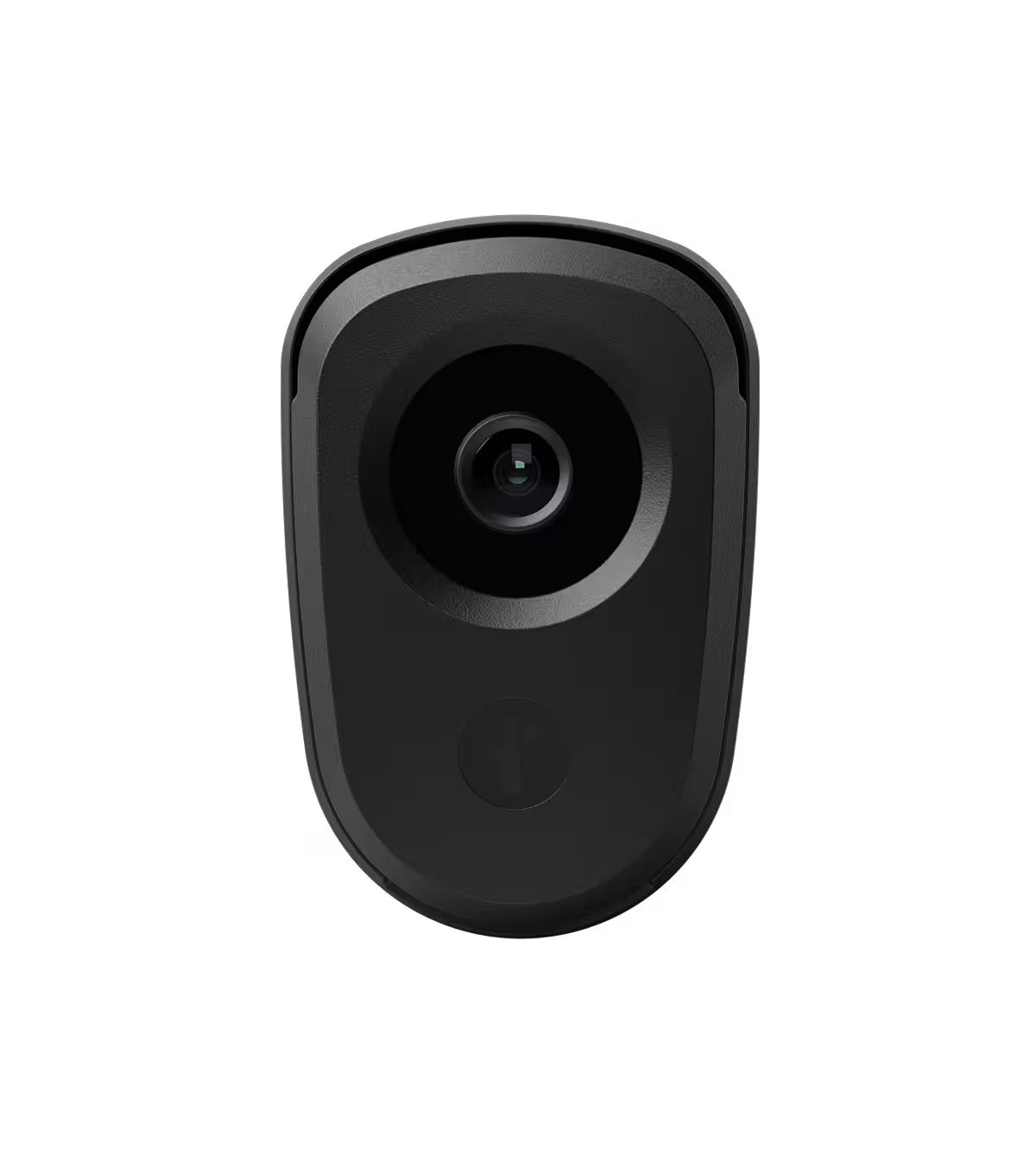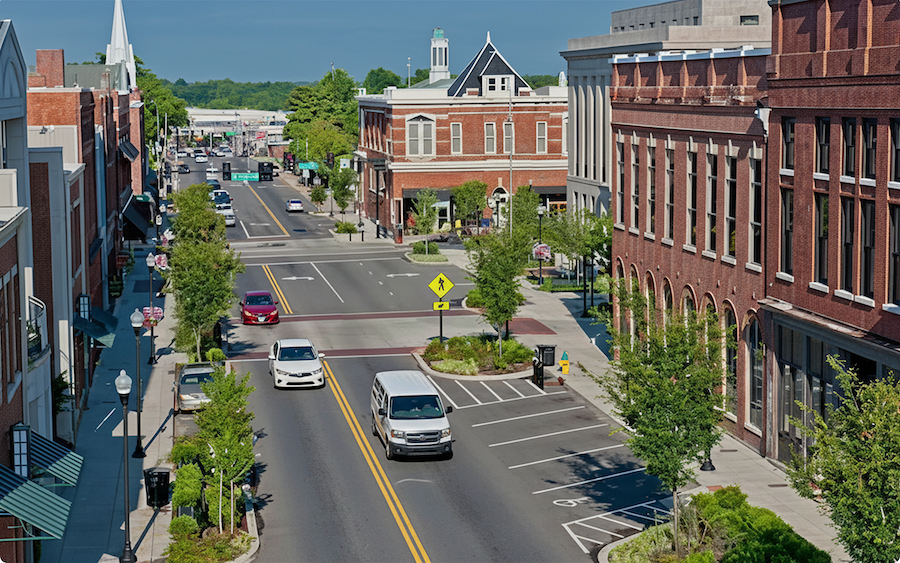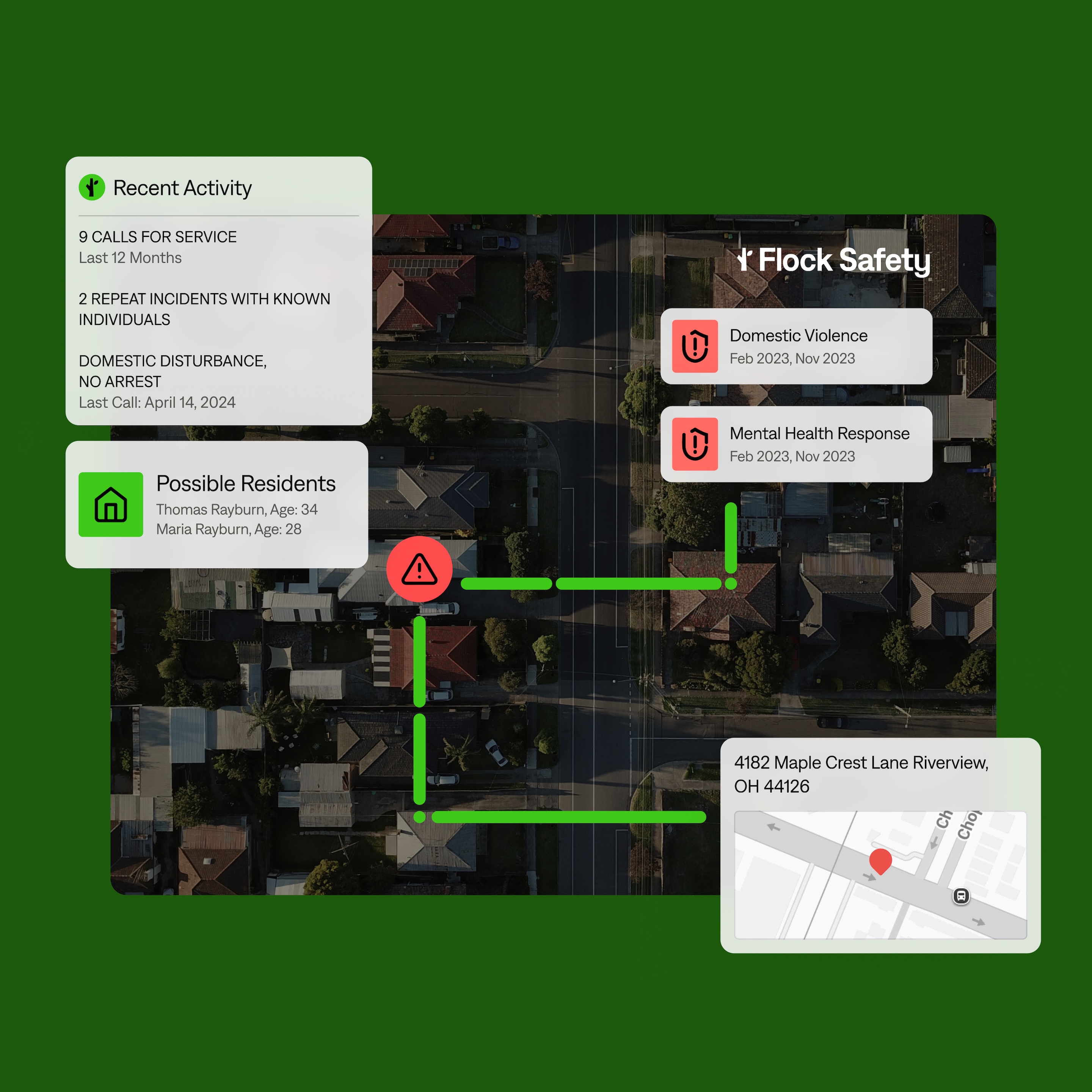.webp)
.webp)

Healthcare Security Strategies Part 2: Collecting Pertinent Details with Layered Security Technology
Enhance healthcare security with layered technology, including LPR, live video, and audio detection, to prevent threats and protect staff and patients.
Managing healthcare environments in 2024 requires juggling multiple responsibilities – preventing workplace violence while increasing staff retention rates; driving better patient outcomes; preserving your brand reputation – all while keeping the business thriving. It’s a big task, and one that you shouldn’t tackle alone.
To help you navigate these complexities, we consulted with two experts: David Ballard and Rich McElwain, Flock Safety Solutions Consultants. With over 35 years of combined law enforcement experience and expertise in criminal investigations, they offer invaluable insights into creating safer healthcare environments.
This 7-part series presents actionable strategies drawn from their extensive knowledge, designed to enhance security, protect healthcare workers, and improve patient outcomes. In our second installment, we cover the specific technologies that you can leverage to collect the details needed to prevent and solve crime in your facilities.
Discover more security strategies for your healthcare facility in our guide: 7 Security Strategies to Protect Nurses, Doctors & Patients From Violence.
Part 2: Collecting Pertinent Details with Layered Security Technology
In the complex environment of healthcare facilities, gathering detailed information about potential threats is crucial for preventing violence. Layered security technology offers a robust solution, enabling staff to collect and analyze pertinent details quickly and efficiently. This article explores how layered technology can enhance security by providing comprehensive threat information.
The Power of Layered Technology
Layered security technology integrates multiple tools, such as license plate recognition, video surveillance, and audio detection to create a cohesive and comprehensive security system. Each layer adds a level of detail and protection, ensuring that no aspect of security is overlooked.
License Plate Recognition
License plate recognition (LPR) technology is a powerful tool for identifying and tracking vehicles associated with known threats. By capturing and analyzing license plate data, security personnel can quickly identify vehicles that pose a risk. This technology is particularly useful in large healthcare campuses with multiple entry points, where monitoring every vehicle manually is impractical.
Live Video
High-definition live video provides real-time monitoring and detailed recordings of incidents. When integrated with LPR, video can offer a complete picture of any security breach. For example, if a suspicious vehicle is detected, security personnel can review the video footage in real-time to identify the occupants determine the severity of the situation.
Audio Detection
Audio detection technology enhances security by identifying sounds—such as gunshots—that may indicate a violent incident. This technology can trigger immediate alerts, allowing security personnel to respond swiftly. When combined with video and LPR, audio detection provides a comprehensive view of the situation.
Collaboration with Law Enforcement
Layered technology also facilitates collaboration with law enforcement. Detailed information collected through these systems can be shared with local police, enabling them to take appropriate action. This partnership enhances the overall security of the healthcare facility and ensures that violent individuals are dealt with promptly.
Layered security technology provides healthcare facilities with the tools needed to collect detailed information about potential threats. By integrating LPR, live video, and audio detection, facilities can create a robust security system that enhances safety for staff and patients. As we continue to explore security strategies in this series, the importance of comprehensive threat information becomes increasingly clear.
Read on to part 3: Establishing Overwatch: Enhancing Security Presence with Technology





Contact us
Discover how communities across the country are using Flock to reduce crime and build safer neighborhoods.

.webp)



.png)





